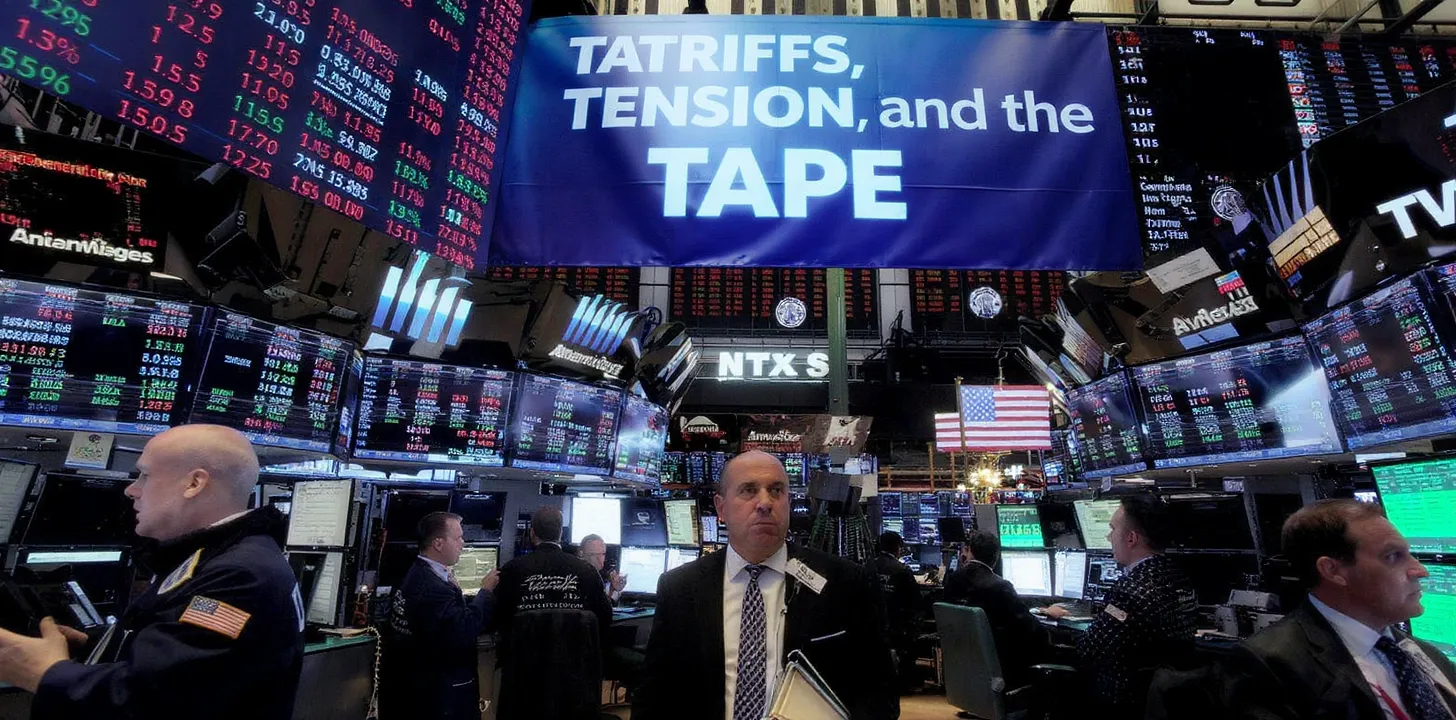Bitcoin Breaches $100K: A Triumph of Adoption and Market Maturity
In a historic milestone that underscores Bitcoin's evolution, the leading cryptocurrency broke the $100,000 price barrier for the first time on Thursday, capping off a remarkable year of institutional adoption, regulatory shifts, and geopolitical support. Bitcoin’s journey from a niche digital experiment to a $2 trillion asset in little over a decade highlights its resilience and expanding role in global finance.
A Decade and a Half in the Making
Bitcoin’s meteoric rise is a testament to its enduring appeal as a decentralized, deflationary asset. From trading at mere cents in 2009 to surpassing six figures in 2024, the cryptocurrency has cemented its place as a major financial instrument. The 500% rally since the depths of $15,000 during the FTX collapse in late 2022 underscores its ability to rebound from market crises and public skepticism.
This ascent also marks a key moment of legitimacy for the asset class. Wall Street has embraced Bitcoin, with major institutions like BlackRock and Fidelity integrating cryptocurrency products. ETFs for Bitcoin and Ethereum launched this year, drawing billions of dollars in investments and giving retail and institutional investors a secure, regulated way to participate in the crypto market.
Key Catalysts: Politics and Regulation
Bitcoin’s latest rally was spurred in part by the political and regulatory landscape. The election of Donald Trump, who has voiced support for digital assets, has created optimism about crypto-friendly policies. Trump’s appointment of Paul Atkins, a known advocate for market deregulation, to lead the SEC is seen as a pivotal move for the industry. This sharp contrast with the previous administration’s adversarial stance has emboldened the crypto sector, fostering a renewed sense of optimism among investors.
Regulatory developments, however, are not without complexity. Critics like Peter Schiff argue that Bitcoin’s ascent relied heavily on government-enabled adoption, which could undermine its ethos as a free-market phenomenon. Nonetheless, proponents contend that regulation provides clarity and accelerates mainstream adoption, enabling Bitcoin to compete with traditional assets like gold.
Institutional Momentum: The Role of Wall Street
Institutional participation has played a decisive role in Bitcoin’s ascent. The launch of spot Bitcoin ETFs became the most successful financial product rollout of the year, rapidly amassing billions in assets under management. MicroStrategy, already known for its bullish stance on Bitcoin, raised $21 billion through convertible notes to expand its holdings, a bold move that underscores institutional confidence.
Financial strategists like Joel Kruger have highlighted Bitcoin’s growing parity with gold as an investment vehicle. The Federal Reserve Chair’s recent comments comparing Bitcoin to gold as a speculative asset added another layer of credibility to Bitcoin’s narrative as "digital gold." With gold’s market cap still 10 times larger than Bitcoin’s, there is significant room for further growth.
The Macro Picture: Economic and Social Implications
The $100,000 milestone carries deep implications for the financial ecosystem. Bitcoin’s deflationary design and fixed supply resonate strongly in an era of inflation and central bank intervention. For long-term believers like Galaxy CEO Mike Novogratz, this milestone reflects adoption and belief in a decentralized financial future.
However, volatility remains a defining characteristic of Bitcoin. As crypto analyst Anthony Pompliano pointed out, the journey to $100,000 was not without sharp corrections and drawdowns, which have historically deterred many investors. Yet, these fluctuations also highlight Bitcoin's ability to recover and set higher highs.
Bitcoin’s rise also signals a generational wealth shift. Younger investors increasingly favor digital assets over traditional ones, such as bonds and real estate. This demographic trend could propel Bitcoin further as it becomes integral to diversified portfolios.
Looking Ahead: $200K or a Correction?
As Bitcoin solidifies its position, questions remain about its future trajectory. Some, like El Salvador’s Nayib Bukele, are already setting their sights on $200,000, with the ultimate goal of reaching $1 million. Others, like venture capitalist Allen Farrington, caution against assigning arbitrary price targets, emphasizing the psychological and symbolic significance of current levels.
Skeptics like Brian Marks warn of potential risks, especially for unsophisticated investors who may enter the market during a euphoric rally. The possibility of regulatory overreach or unforeseen market shocks cannot be dismissed.
In sum, Bitcoin crossing $100,000 is more than a price milestone—it is a reflection of its maturation as an asset and the shifting tides of global finance. Whether Bitcoin continues its ascent or encounters turbulence, one thing is clear: it has fundamentally reshaped how the world views money and investment.



